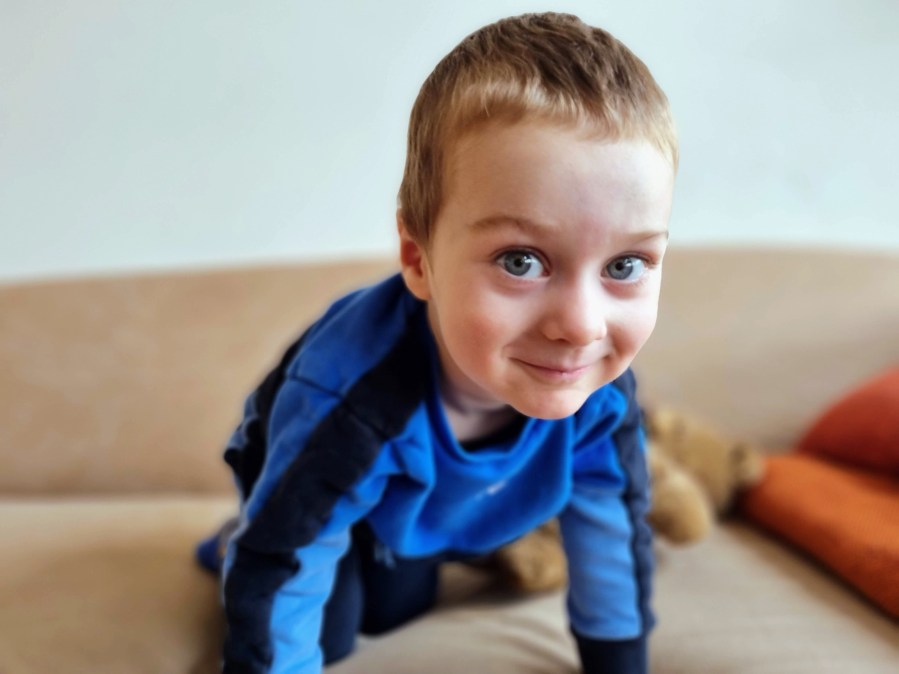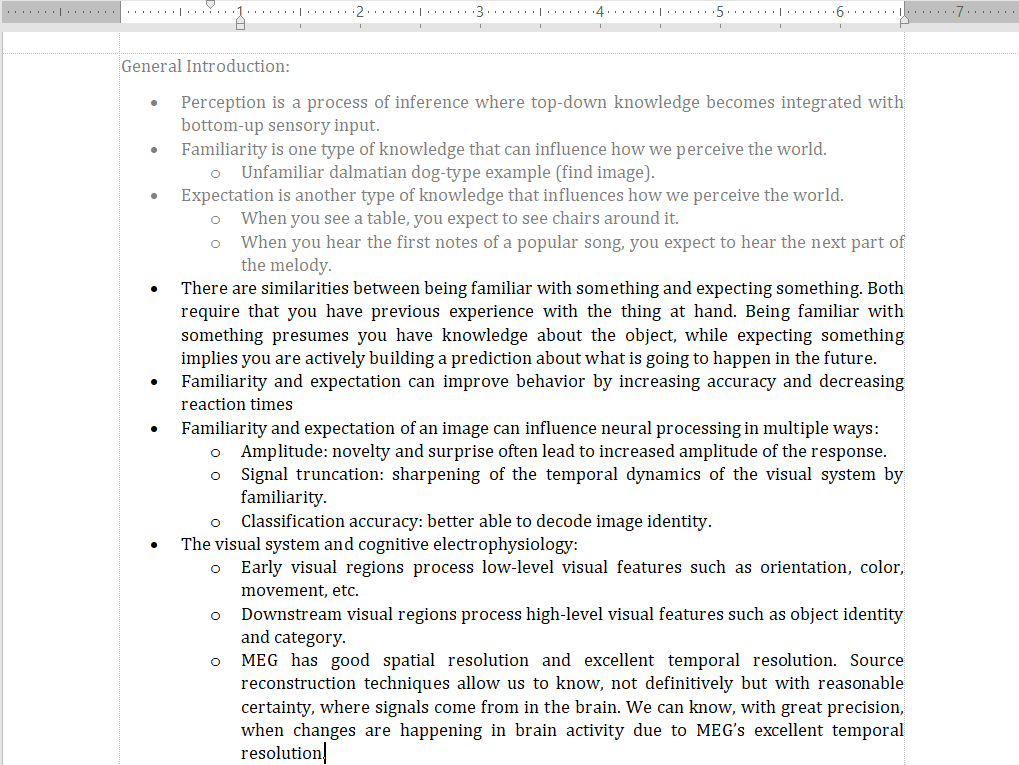Nothing requires flexibility like an ill child. I may have a great plan laid out for my day, and yet if William gets ill, I immediately switch it all around.
This used to really bother me, and while I don’t love changing all my plans around, I don’t find it as disruptive anymore. First of all, I’ve become used to the fact that William gets ill once in a while. I can’t predict when it’s going to happen, but I can be sure that it will happen at some point. By now I know what I need to do in response to different symptoms and situations, and if I’m not sure what to do, I know where to find help.
So, in a sense, while I don’t know when he’ll get ill and what I’ll need to do exactly, I know we’ll be able to handle it and we’ll figure out what to do. This allows me not to worry in advance about his getting ill.
What happens to my schedule?
This is where it’s really important to talk about priorities and not a set schedule. Sure, a set schedule is useful under ideal circumstances, and I use it on many occasions. But when the day’s planning needs to be adapted, it’s not as simple as throwing out the schedule.
Instead, I look at what really needs to get done today, what would be nice to get done today, and what can wait until another day. Having identified my priorities ahead of time, I’m ready to move things around in order to fit in the most important things. I don’t waste time figuring out what needs to get done, only to worry that I might be forgetting something crucial.
An example from this week
This past week, William got ill on Tuesday evening and had to stay home on Wednesday when he’s usually in daycare. Jacob works with patients on Wednesday afternoon, meaning he’s not available then. Therefore, we split it up, so that Jacob took care of William in the morning and I worked during that time, while I took care of William in the afternoon and Jacob saw patients then.
Okay, so I had the morning (about three hours) of uninterrupted time. I looked over the tasks for the day (arranged in sequence as they’d usually happen throughout the day):
- Prepare slides for presentation
- Practice presentation
- Email and admin
- Exercise
- Cook chicken
- Cook cauliflower
- Walk
The first two tasks were certainly the most demanding in terms of concentration, and they were time-sensitive (I was giving that presentation the following week). So I spent about 2.25 hours preparing my presentation and practicing it. If I’d had the whole day as I had planned, I’d have worked on it for longer, but given the situation, this was good. After that, I quickly changed into my sports clothes and exercised for 30 minutes. It wasn’t ideal because I would have preferred to exercise for 45-60 minutes, but it was better than nothing. Don’t let the perfect be the enemy of the good.
Then, I took over caring for William. We had lunch, and then I put him down for a nap. (To be honest, I took a brief nap with him.) Afterwards, I tackled email and admin tasks: they required some concentration, but they were much easier to do than preparing my presentation.
I got through most of the admin tasks when I heard William calling me. He usually naps for 1.5-2 hours, but this time it had only been 50 minutes. No surprises, when he’s ill, he tends to wake more. I went and cuddled him, trying to help him get back to sleep. This sometimes works and sometimes it doesn’t; today it didn’t work. William wanted to get up, so we got up. I left a couple of admin tasks for tomorrow–not my favorite thing to do, but it happens, oh well.
Now, the question became how to cook given that William only wanted to cuddle. I pulled up a chair for him in the kitchen with me and let him watch. I had an elaborate recipe planned for the chicken, but instead I went for a very simple one. We’ll still get to eat, and that’s what matters now. I also cooked the cauliflower mash, which fortunately is rather simple and one of William’s favorites to observe since it involves using the handheld mixer.
Next up on my list was going for a walk, which I usually combine with picking up William from daycare. Since I obviously wasn’t picking him up today, this was a difficult one. Also, he had a fever and it was quite cold outside, so I didn’t feel like taking him out in the stroller. I decided to skip the walk today; not everything can get done, and that’s okay. I already got some movement in in the form of exercise, so that’s good.
We had about an hour left before dinner, and William and I played together. He didn’t have a lot of energy, so we did quiet activities such as reading books (so many books about tractors), drawing (so many trains), and building puzzles (with both tractors and trains!). We don’t usually have a whole hour to play, so I enjoyed this. Extra William time!
After this, William and I had dinner and went through the bedtime routine, after which he fell asleep. He was in bed one hour earlier than usual–he was so tired from being ill. This meant I had an extra hour to myself! Jacob came home from work (tonight was a late evening for him), and we spent some time together. We went to bed a little bit early because who knows what the night ahead will bring! An ill child is certainly unpredictable, and we wanted to be ready to respond if necessary.
Flexibility with priorities
I was able to adapt my planning for the day because I knew clearly what my priorities were. I also knew where I could get some uninterrupted time (e.g., while Jacob was taking care of William), some semi-productive time (e.g., cooking with William next to me), and some time that had to be dedicated to him (e.g., extra cuddles, dinner, play).
Note that this day turned out pretty well given that we had an ill child at home. Sometimes, this isn’t possible if the child is very ill or if you don’t have another caretaker at home. That has been the case for us as well sometimes, and it just is what it is. Fortunately, it passes–everything is a phase, right? If you’re in that phase right now, I feel for you, and I’m sure I’ll be there at some point again.
Not every day can be made moderately productive, but the point is that we can have awareness of our priorities, opportunities, and possibilities, so we can make use of an opportunity when it comes our way.






